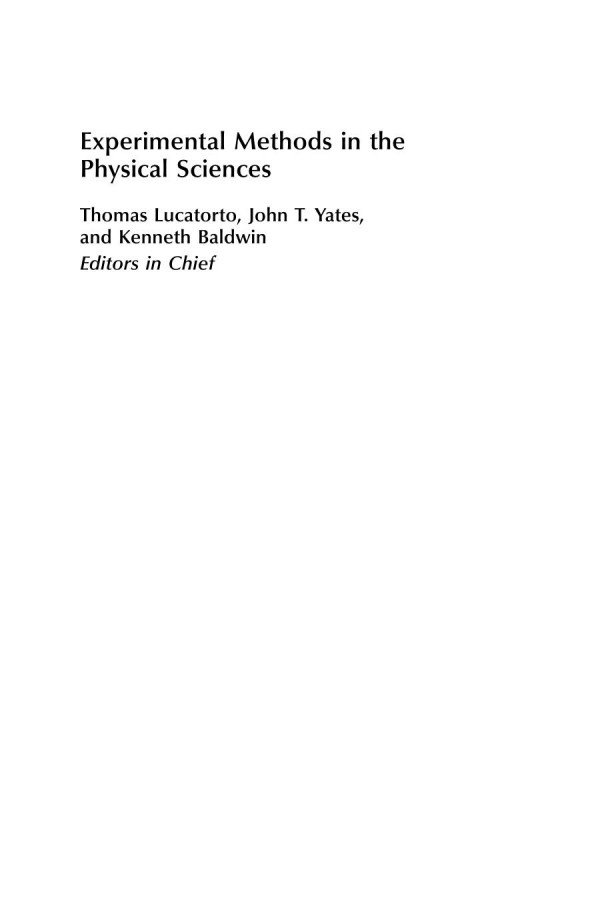

Most ebook files are in PDF format, so you can easily read them using various software such as Foxit Reader or directly on the Google Chrome browser.
Some ebook files are released by publishers in other formats such as .awz, .mobi, .epub, .fb2, etc. You may need to install specific software to read these formats on mobile/PC, such as Calibre.
Please read the tutorial at this link. https://ebooknice.com/page/post?id=faq
We offer FREE conversion to the popular formats you request; however, this may take some time. Therefore, right after payment, please email us, and we will try to provide the service as quickly as possible.
For some exceptional file formats or broken links (if any), please refrain from opening any disputes. Instead, email us first, and we will try to assist within a maximum of 6 hours.
EbookNice Team

Status:
Available0.0
0 reviewsNeutron Scattering: Applications in Chemistry, Materials Science and Biology, Volume 49, provides an in-depth overview of the applications of neutron scattering in the fields of physics, materials science, chemistry, biology, the earth sciences, and engineering.
The book describes the tremendous advances in instrumental, experimental, and computational techniques over the past quarter-century. Examples include the coming-of-age of neutron reflectivity and spin-echo spectroscopy, the advent of brighter accelerator-based neutron facilities and associated techniques in the United States and Japan over the past decade, and current efforts in Europe to develop long-pulse, ultra-intense spallation neutron sources.
It acts as a complement to two earlier volumes in the Experimental Methods in the Physical Science series, NeutronScattering: Fundamentals(Elsevier 2013) and Neutron Scattering: Magnetic and Quantum Phenomena (Elsevier 2015). As a whole, the set enables researchers to identify aspects of their work where neutron scattering techniques might contribute, conceive the important experiments to be done, assess what is required, write a successful proposal for one of the major facilities around the globe, and perform the experiments under the guidance of the appropriate instrument scientist.